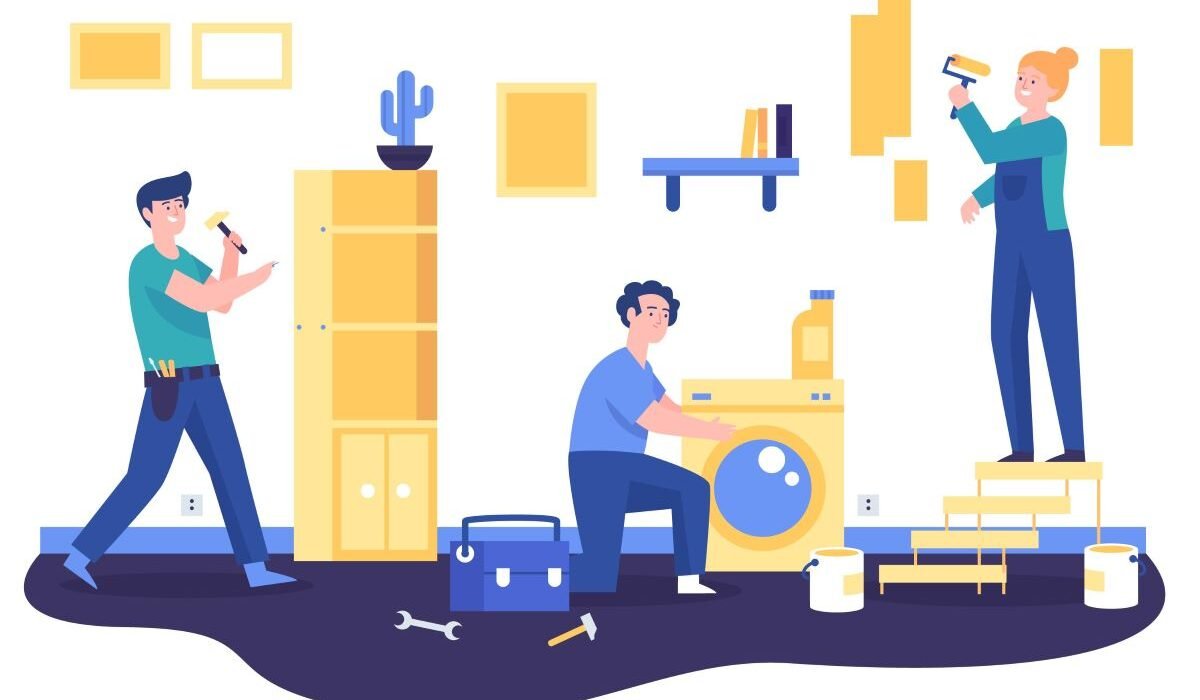The initial investment in office furniture is significant, making it imperative for organizations to adopt a strategic approach to its maintenance. General Administration oversees the implementation of routine maintenance practices that focus on preserving the integrity of furniture pieces. This includes inspections for wear and tear, addressing minor issues promptly, and establishing a preventive maintenance schedule to extend the lifespan of office furniture.
Cost-Efficiency through Proactive Repair
Furniture Repair and Maintenance are not just reactive measures; they can be proactive strategies for cost-efficiency. Under the guidance of General Administration, organizations can adopt a proactive repair approach, addressing potential issues before they escalate. This not only reduces the overall repair costs but also minimizes disruptions to the workspace, ensuring that furniture remains functional and aesthetically pleasing.
Routine Maintenance Practices: Prolonging the Life of Office Furniture
Regular Cleaning and Inspection
Routine cleaning and inspection are the cornerstones of effective furniture maintenance. General Administration teams collaborate with facility management to establish cleaning protocols that prevent the buildup of dirt, dust, and stains. Regular inspections identify issues such as loose screws, worn-out components, or structural concerns, allowing for timely intervention before these problems compromise the functionality of office furniture.
Adjusting and Tightening
As part of routine maintenance, General Administration oversees the adjustment and tightening of furniture components. This includes checking and tightening screws, bolts, and joints to ensure structural stability. Regular adjustments not only prevent potential damage but also contribute to the comfort and safety of employees, creating an ergonomic and efficient workspace.
Proactive Repair Strategies: Addressing Issues Before They Escalate
Prompt Handling of Minor Damages
Minor damages, if left unaddressed, can escalate into major issues that may necessitate costly repairs or replacements. General Administration emphasizes the prompt handling of minor damages, such as scratches, dents, or loose upholstery. This proactive approach not only preserves the aesthetics of office furniture but also prevents the deterioration of materials over time.
Upholstery Maintenance and Replacement
Office furniture with upholstery requires specialized attention. General Administration oversees regular upholstery maintenance, which includes cleaning, repairing small tears, and addressing fabric wear. Additionally, when upholstery reaches the end of its lifecycle, General Administration can coordinate with vendors for efficient and cost-effective replacement, ensuring that furniture remains both functional and visually appealing.
Strategic Planning for Furniture Longevity: Collaboration with General Administration
Establishing Preventive Maintenance Schedules
Preventive maintenance is a key strategy in maximizing the longevity of office furniture. General Administration collaborates with facility management to establish preventive maintenance schedules based on the specific needs of different furniture types. This could include lubricating moving parts, inspecting electrical components in office chairs, or applying protective coatings to surfaces, contributing to the overall durability of furniture pieces.
Implementing Ergonomic Assessments
As part of strategic planning, General Administration can conduct ergonomic assessments of office furniture. This involves evaluating the ergonomic features of chairs, desks, and workstations to ensure they meet the needs of employees. By addressing ergonomic issues promptly, organizations not only enhance the comfort of the workspace but also prevent potential health concerns associated with poorly designed or deteriorating furniture.
Sustainability in Furniture Management: Balancing Longevity and Environmental Responsibility
Refurbishment and Upcycling Initiatives
General Administration plays a crucial role in promoting sustainability through furniture management. Initiatives such as refurbishment and upcycling are explored as viable options. Rather than discarding worn-out furniture, organizations can refurbish or upcycle certain components, extending their usability and reducing environmental impact. General Administration oversees partnerships with refurbishment services or local artisans to facilitate these initiatives.
Responsible Disposal Practices
When furniture reaches the end of its useful life, responsible disposal practices become essential. General Administration ensures compliance with environmental regulations and collaborates with waste management services for the proper disposal or recycling of furniture components. By prioritizing responsible disposal, organizations contribute to environmental sustainability while adhering to ethical business practices.
Conclusion: A Time-Tested Approach to Workspace Sustainability
In conclusion, Furniture Repair and Maintenance, under the strategic guidance of General Administration, form a time-tested approach to ensuring workspace sustainability. By prioritizing routine maintenance, adopting proactive repair strategies, and incorporating sustainable practices, organizations not only maximize the longevity of office furniture but also contribute to cost-efficiency and environmental responsibility. A well-maintained and durable workspace fosters a positive and efficient work environment, reflecting an organizational commitment to both employee well-being and long-term sustainability.












